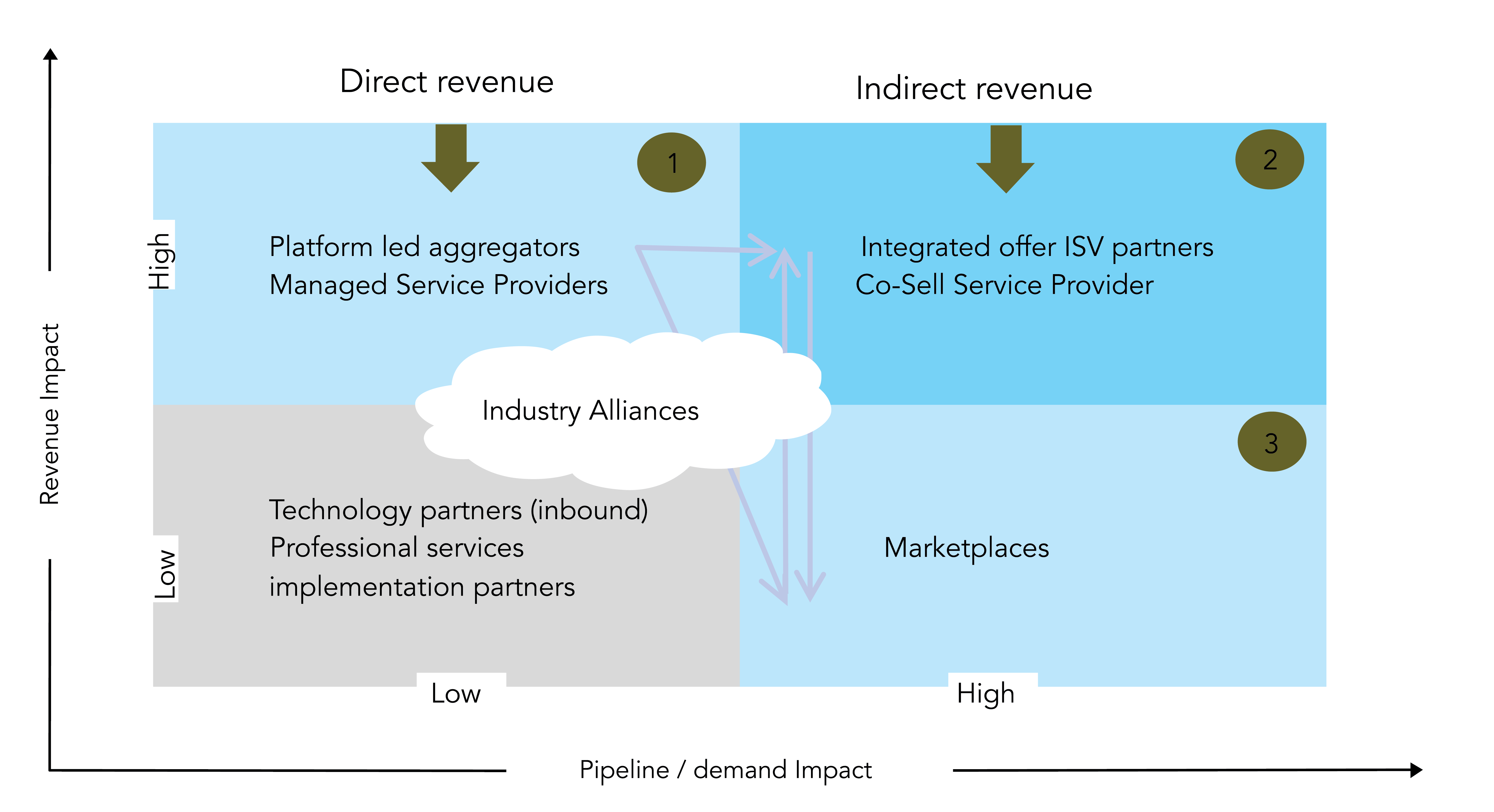Inbound Tech Partnerships can be a GTM catalyst

Gokul Anantha

I have worn multiple hats – sales , consulting, product , channels and that of an entrepreneur. In every one of these roles, I have either participated in or led revenue augmentation using a partner channel network.
Over-time , I developed my own go-to reference framework that looked something like below. ISV co-sell was my preferred go-to approach. Often, where there existed business model-alignment , I also explored a managed service / aggregator channel play.

Yet , despite inbound tech partnerships having lower pipeline impact – over the years I have realized the value of integration ecosystems in scaling GTM through a myriad set of magical ways .
Magical ways inbound integrations support GTM
- Inbound service integrations excite sales teams with ability to cover some of the feature objections from the past.
- Use case workflows helps pipeline growth with expanding the pool of GTM messages.
- Respond quickly to customer context feature requests
Data backs it up
There is , of course, data that supports my experiences .
According to a study from Cloud Elements, companies that offer pre-built integrations can reduce customer churn by 60% and increase customer lifetime value by 15%
Embedded integrations are a win for all. Scale it!
Product integrations are also easy to monetize.
You can sell the integrations as add-ons, as part of higher-end packages, or even include a specific set of integrations in one package while adding additional ones in another.

Gokul Anantha
Gokul started his career heading a CRM service line at HCL Technologies. Over 20+ years , he has led revenue growth at Cognizant, Trianz and most recently at SAP, communication services business unit pursuing both product and sales led strategies. Gokul runs AirChannel as a boutique managed service provider focused on scaling tech integration ecosystem for SaaS businesses.
